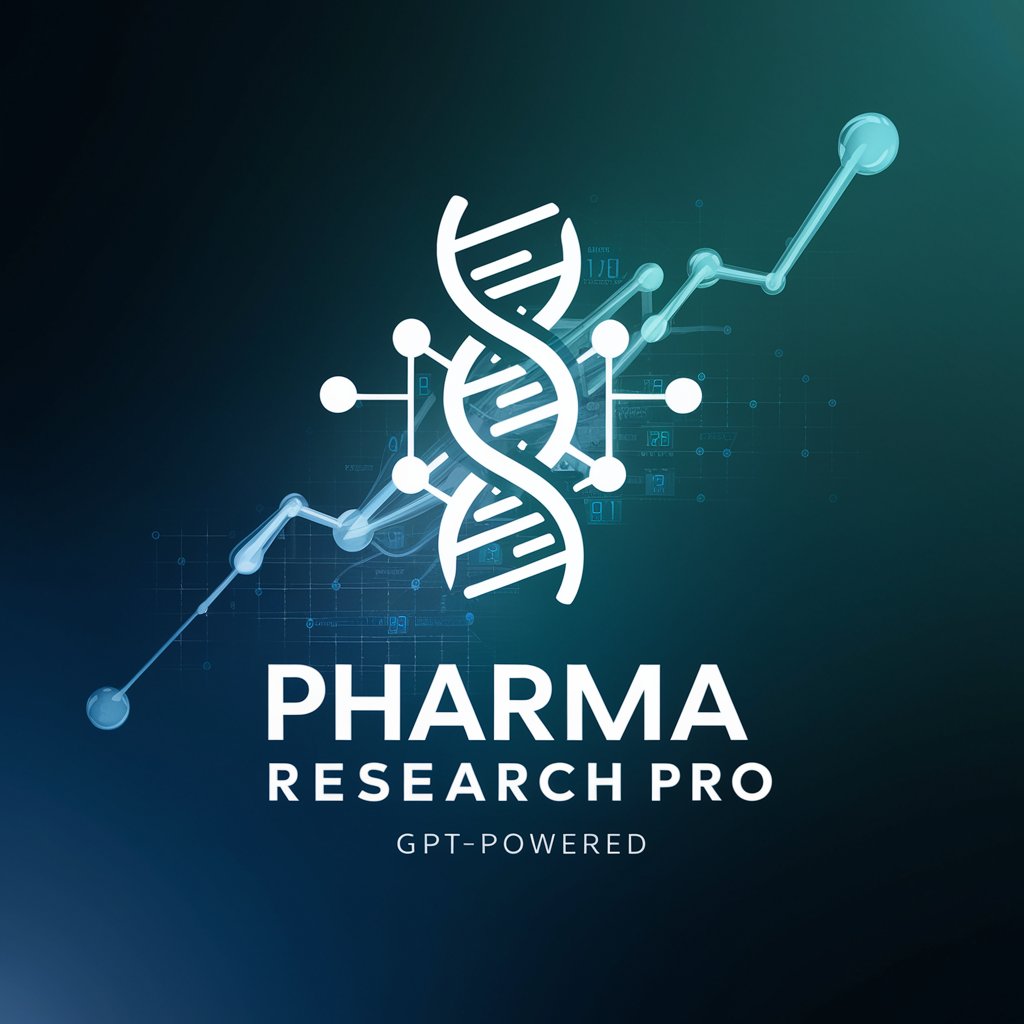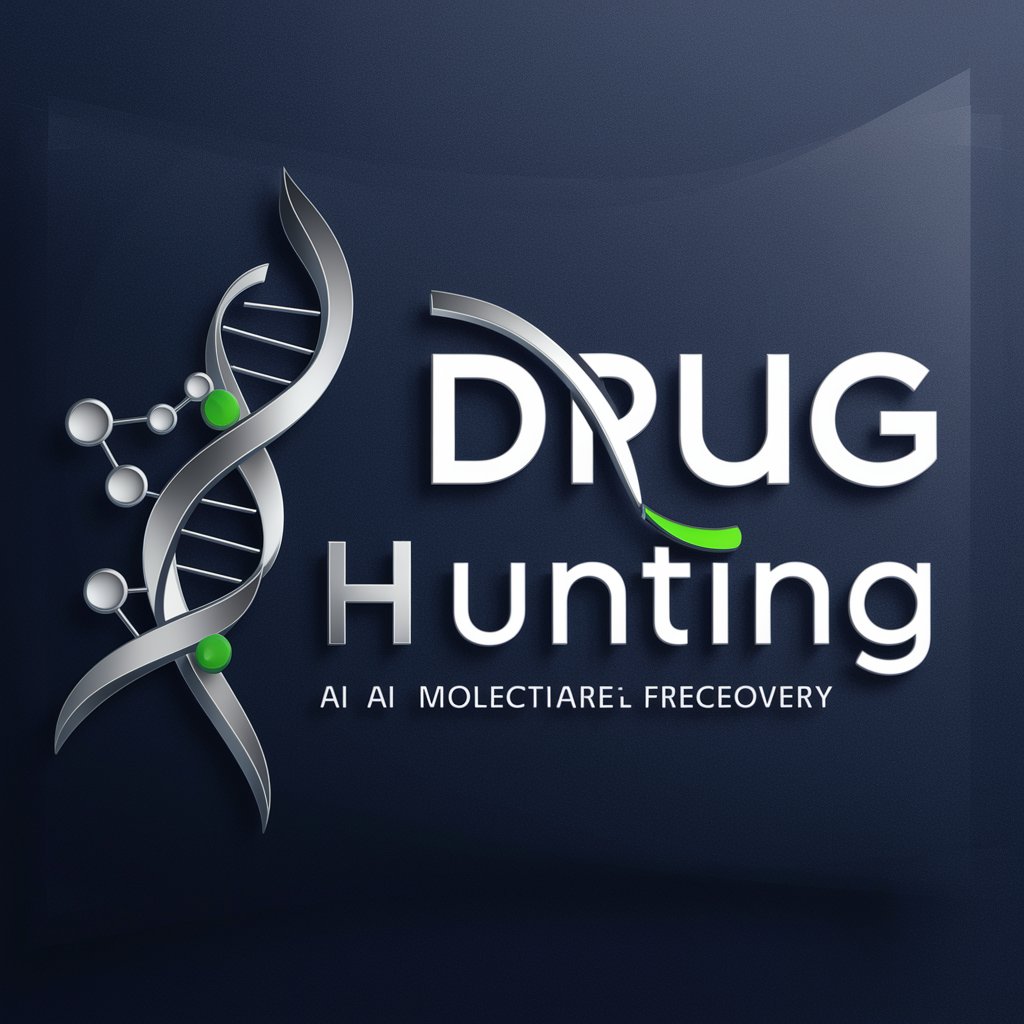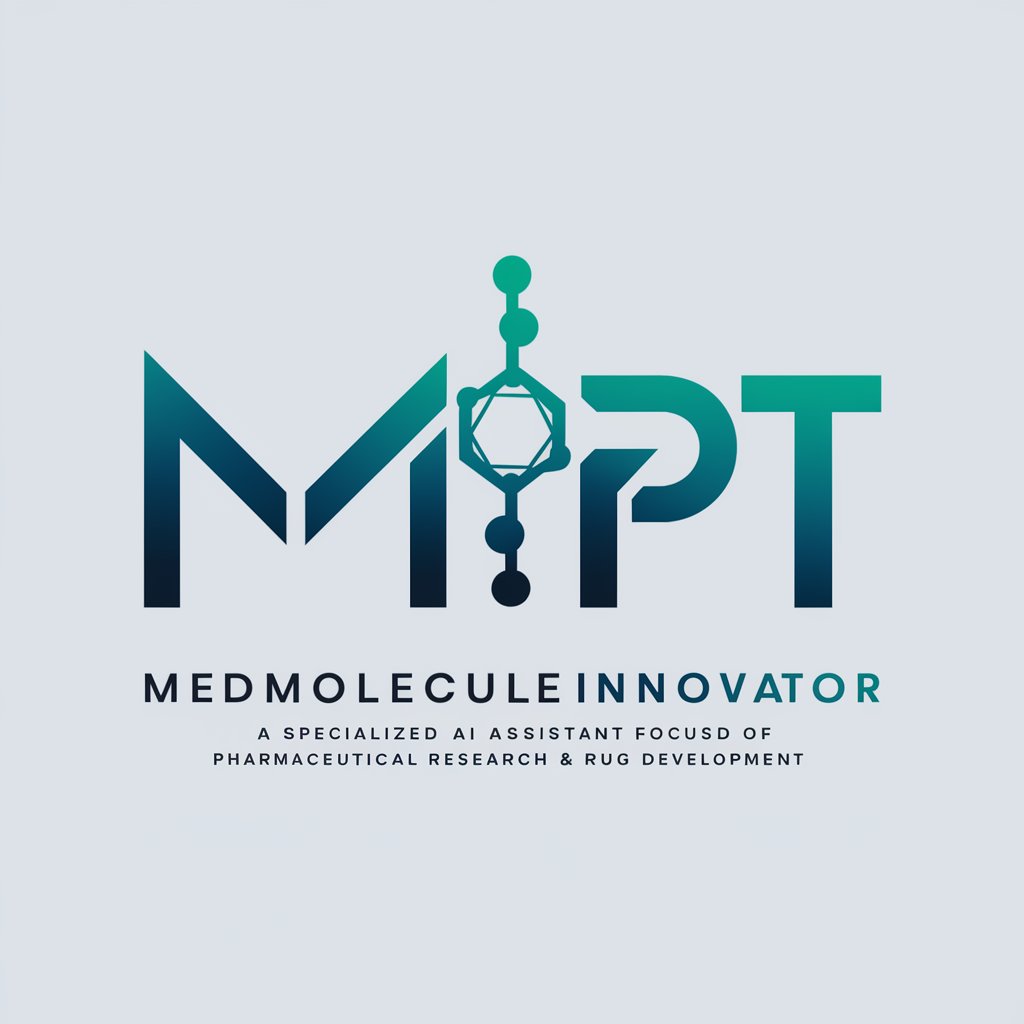
Nano-Drug Discovery Assistant - Nano-Drug Discovery Insights
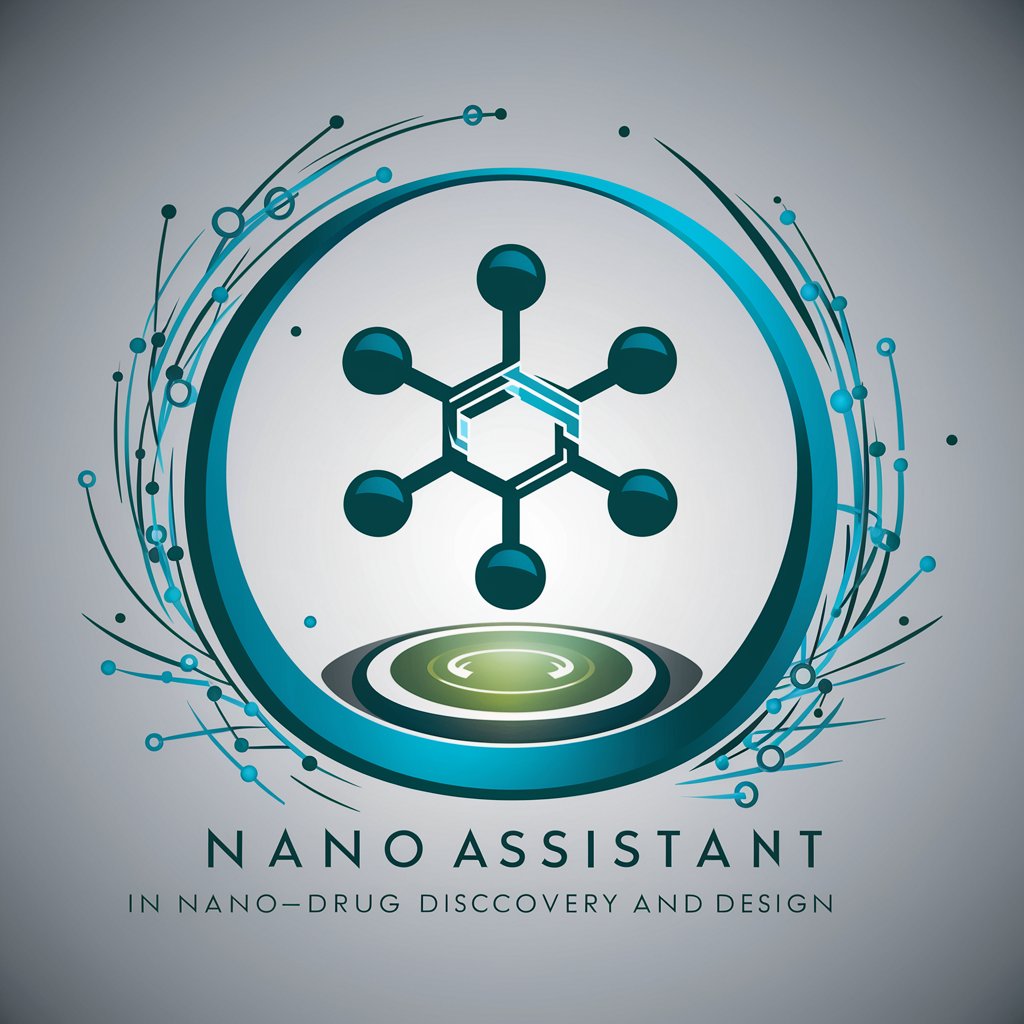
Hello! Let's innovate in nano-drug discovery together.
AI-powered drug discovery acceleration.
Describe the molecular interaction between...
What are the potential applications of nanotechnology in...
Explain how nanostructures can enhance...
Discuss the latest advancements in nano-drug delivery for...
Get Embed Code
Overview of Nano-Drug Discovery Assistant
The Nano-Drug Discovery Assistant is a specialized tool designed to facilitate and enhance the research and development process in nano-drug discovery. It leverages advanced computational techniques to analyze molecular structures, predict molecular interactions, and suggest nano-scale drug delivery mechanisms. This assistant is built on a foundation of chemistry, biology, and nanotechnology knowledge, aiming to streamline the complex process of drug discovery. For instance, it can simulate the behavior of nanoparticles in various biological environments to predict their efficacy and safety as drug delivery systems. Additionally, it aids in the design of new nano-drugs by offering insights into the molecular dynamics and interactions at the nano-scale, thereby enabling the creation of more effective and targeted therapies. Powered by ChatGPT-4o。

Key Functions and Applications
Molecular Dynamics Simulation
Example
Predicting the interaction between nanoparticles and cell membranes
Scenario
Researchers can use the assistant to simulate how nanoparticles interact with cell membranes, helping to design nanoparticles that can efficiently deliver drugs to specific cells without causing damage to surrounding tissues.
Nano-Scale Drug Delivery Design
Example
Designing targeted drug delivery systems
Scenario
The assistant can guide the development of nano-scale drug delivery systems that can navigate the body's complex environments to deliver drugs directly to the site of disease, enhancing treatment efficacy and minimizing side effects.
Toxicity Prediction
Example
Evaluating the potential toxicity of nanoparticles
Scenario
Before clinical trials, the assistant can assess the potential toxicity of nanoparticles, predicting adverse reactions and ensuring the safety of the nano-drug candidates.
Material Selection for Nano-Carriers
Example
Identifying suitable materials for constructing nano-carriers
Scenario
The assistant can analyze various materials at the nano-scale to determine the most suitable ones for creating nano-carriers that are biocompatible, stable, and effective in drug delivery.
Target User Groups
Research Scientists in Academia and Industry
This group includes professionals engaged in drug discovery and development, especially those working on the cutting edge of nano-medicine. They benefit from the assistant's capabilities in simulating and predicting nano-drug interactions and efficiencies, crucial for advancing their research.
Pharmaceutical Developers
These are specialists involved in the formulation and testing of new drug delivery systems. The Nano-Drug Discovery Assistant provides them with insights into nano-scale dynamics, helping to design more effective and targeted delivery mechanisms.
Regulatory Affairs Specialists
Individuals responsible for ensuring that drug products meet regulatory standards can use the assistant to predict and evaluate the safety and efficacy of nano-drug candidates, facilitating smoother regulatory submissions and approvals.

How to Use Nano-Drug Discovery Assistant
Start Your Trial
Initiate your journey by visiting yeschat.ai to access a free trial of Nano-Drug Discovery Assistant without the need for a login or subscription to ChatGPT Plus.
Define Your Goals
Clearly outline your objectives for using the assistant. Whether it's drug design, molecular interaction analysis, or nanoformulation optimization, having a clear goal helps in getting precise assistance.
Prepare Your Data
Ensure you have all relevant molecular structures, experimental data, or theoretical models ready. This preparation is crucial for detailed analysis and accurate insights.
Engage with the Assistant
Use specific, detailed queries to interact with the assistant. The more precise your questions, the more accurate and useful the generated insights and recommendations will be.
Review and Apply Insights
Carefully review the assistant’s analyses and recommendations. Apply these insights within your research or development process, using them to guide experimental designs or theoretical models.
Try other advanced and practical GPTs
Drug Decoder
Decoding Drugs with AI-Powered Clarity
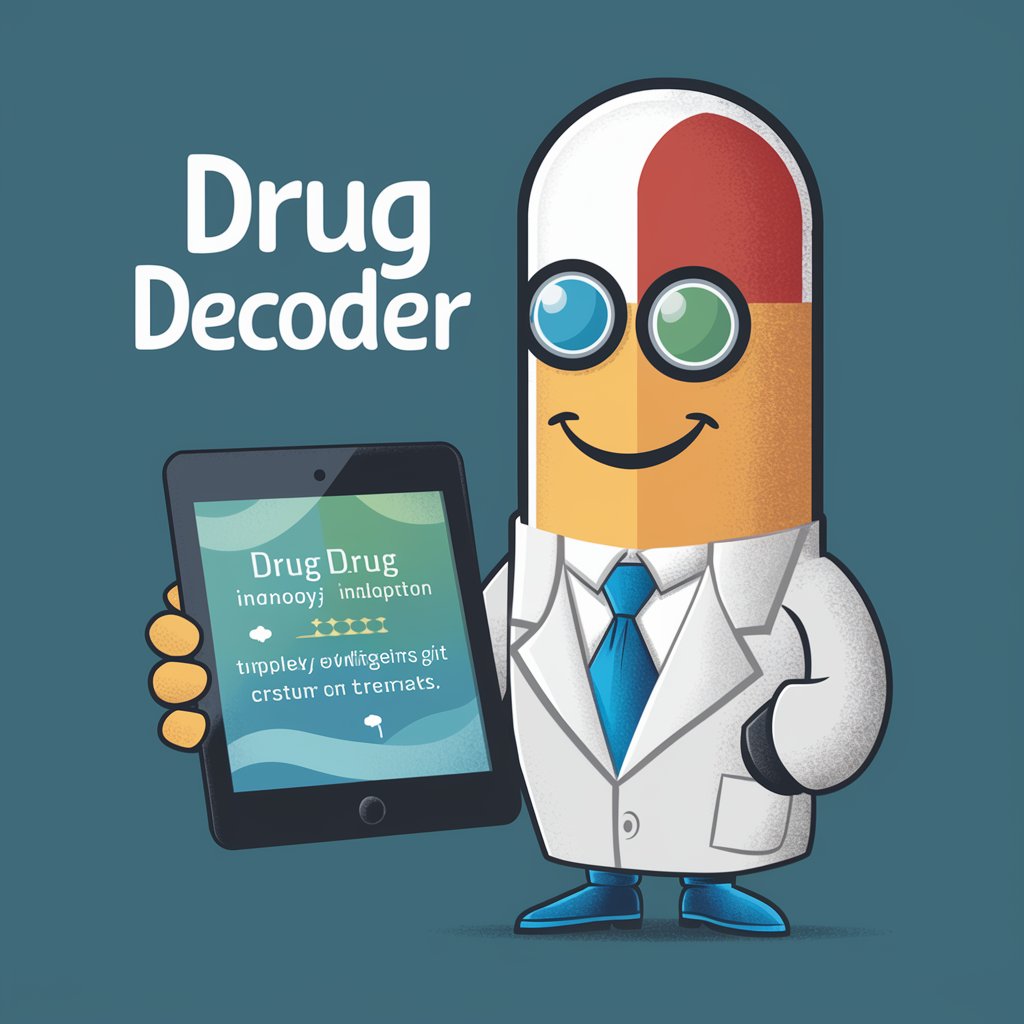
What to watch! 🎬🍿
Discover Your Next Favorite Film, AI-Powered

Watch Advisor GPT
Empowering Your Timepiece Choices with AI
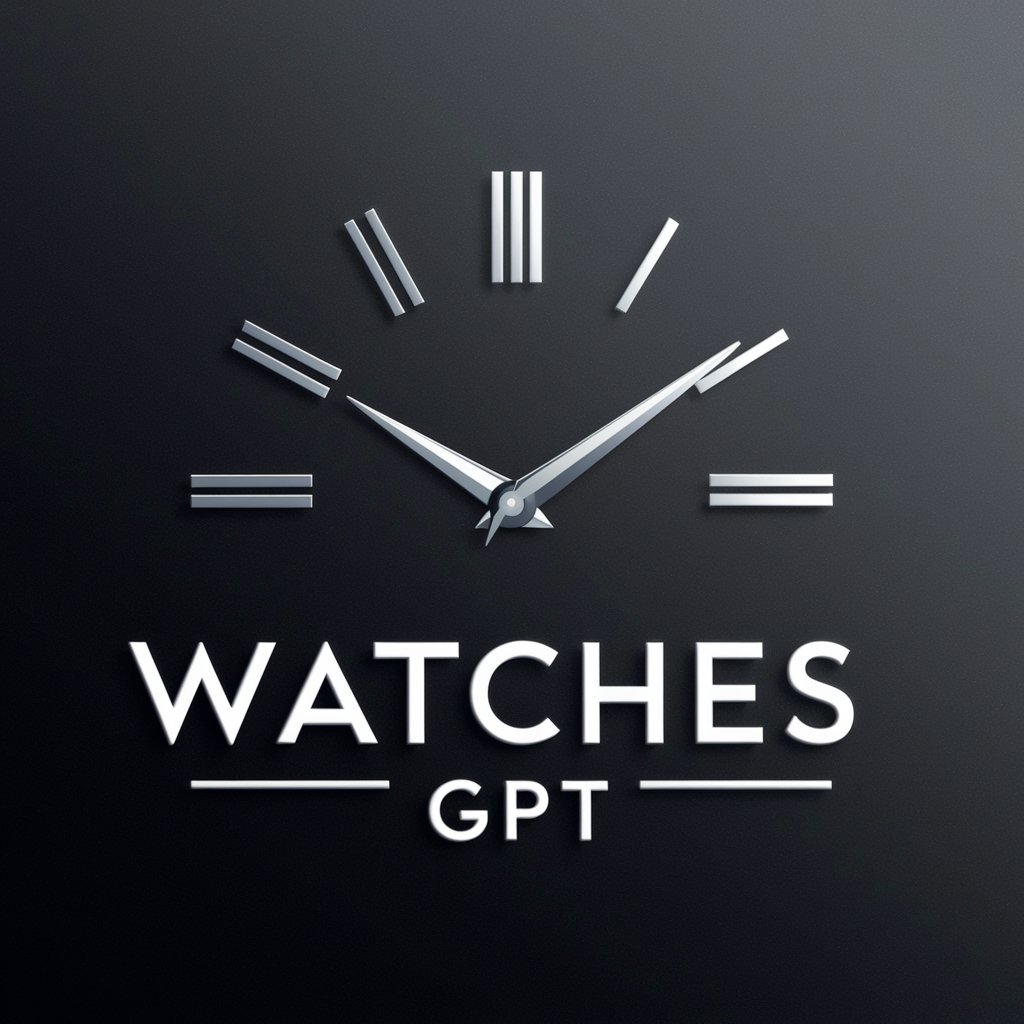
Lets watch
Tailoring your next watch with AI precision.

幻境Game / Fantasy Game
Unleash your story, powered by AI

Viết Game
Empowering Your Game Insights with AI
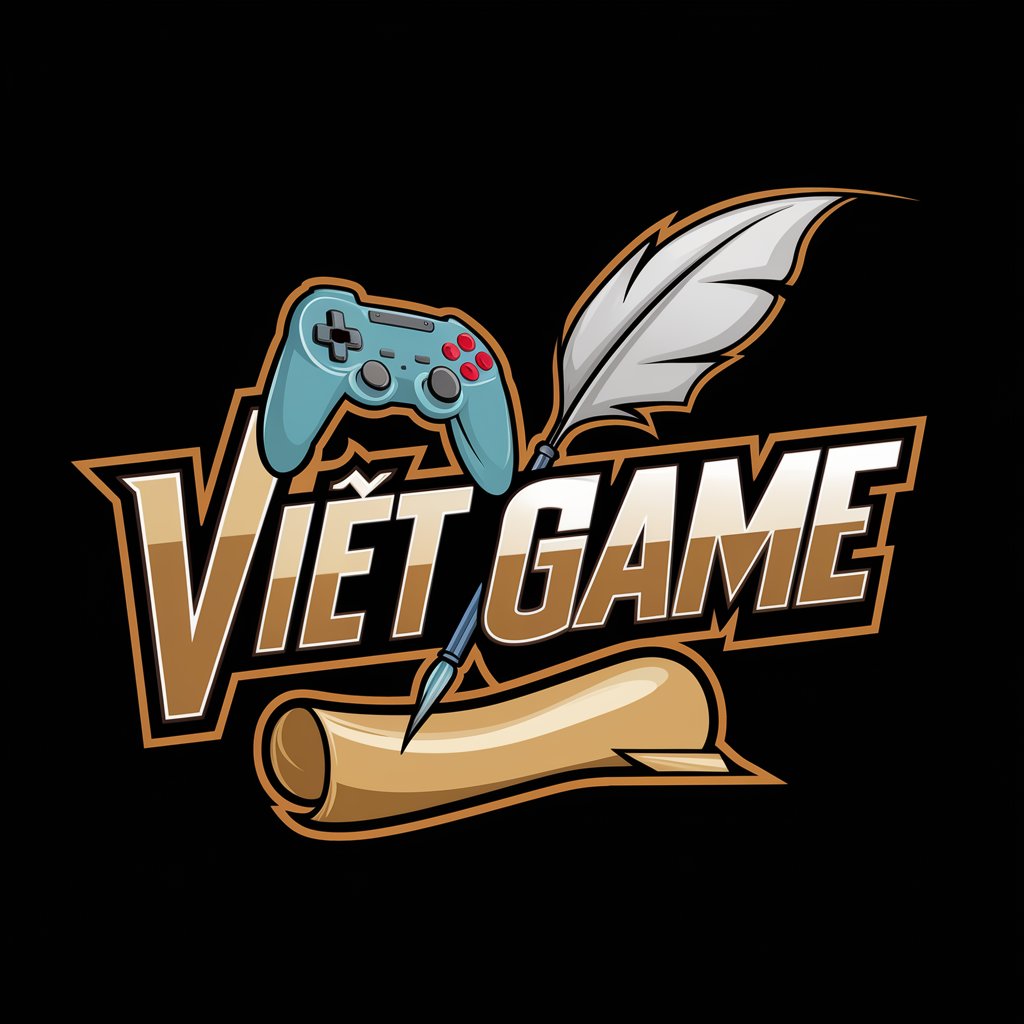
NHS Drug Data Explorer
Unlocking Insights into NHS Drug Data
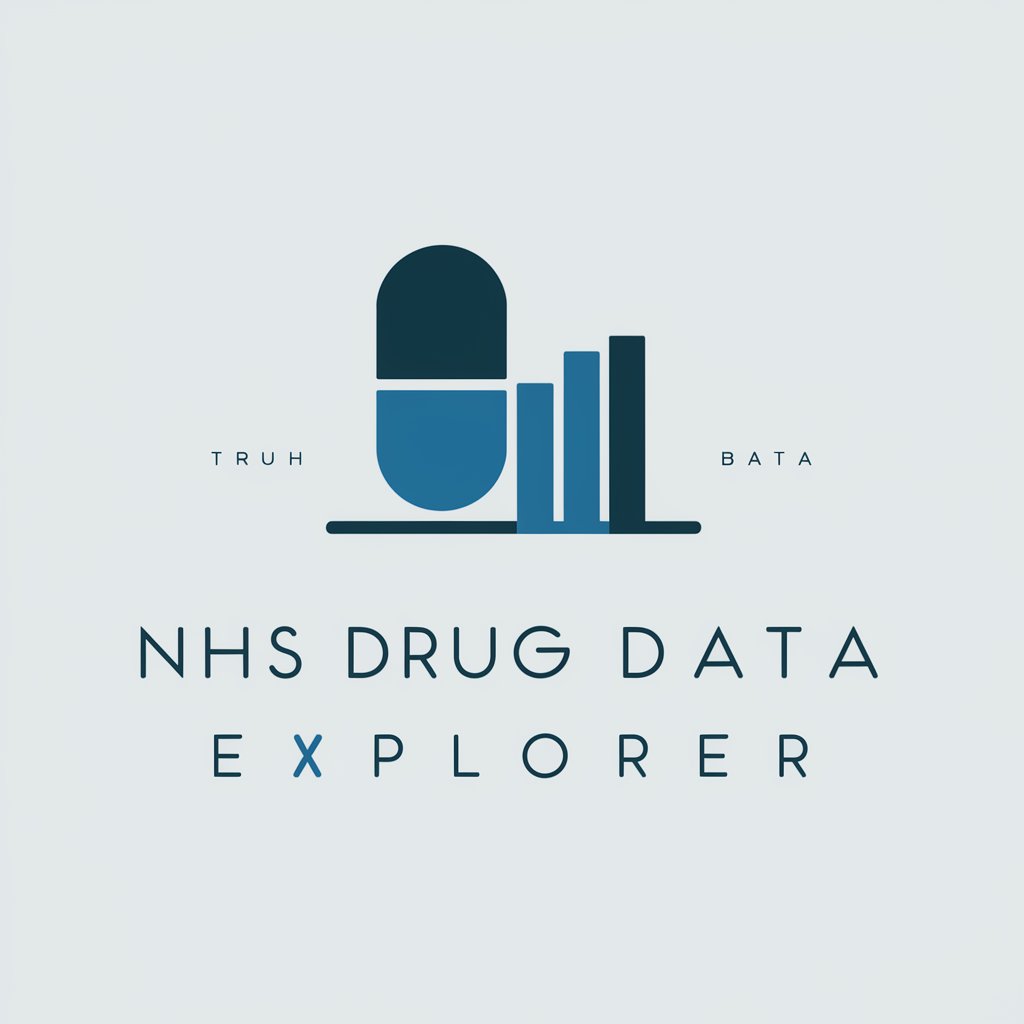
Drug Doc
Empowering informed health decisions with AI.
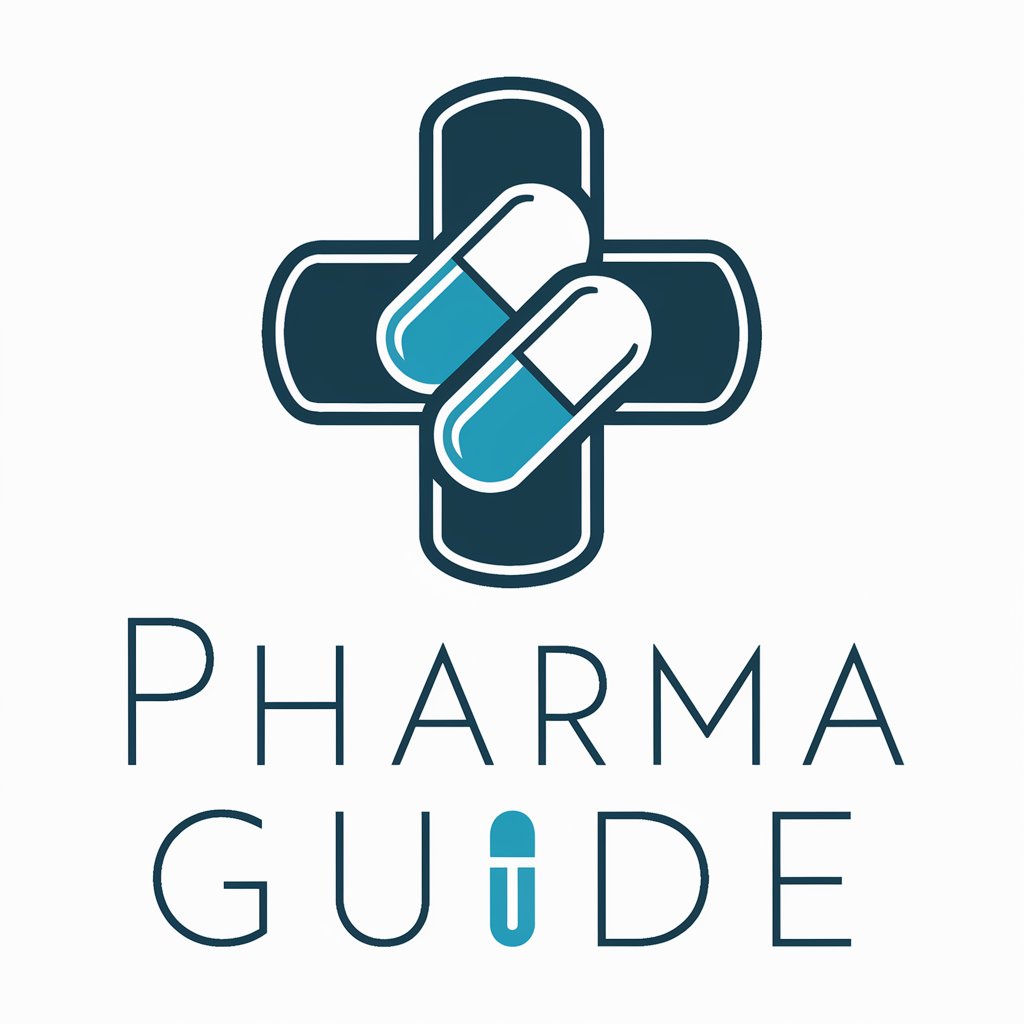
AI in Drug Discovery and Pharma GPT
Empowering Pharma Innovation with AI
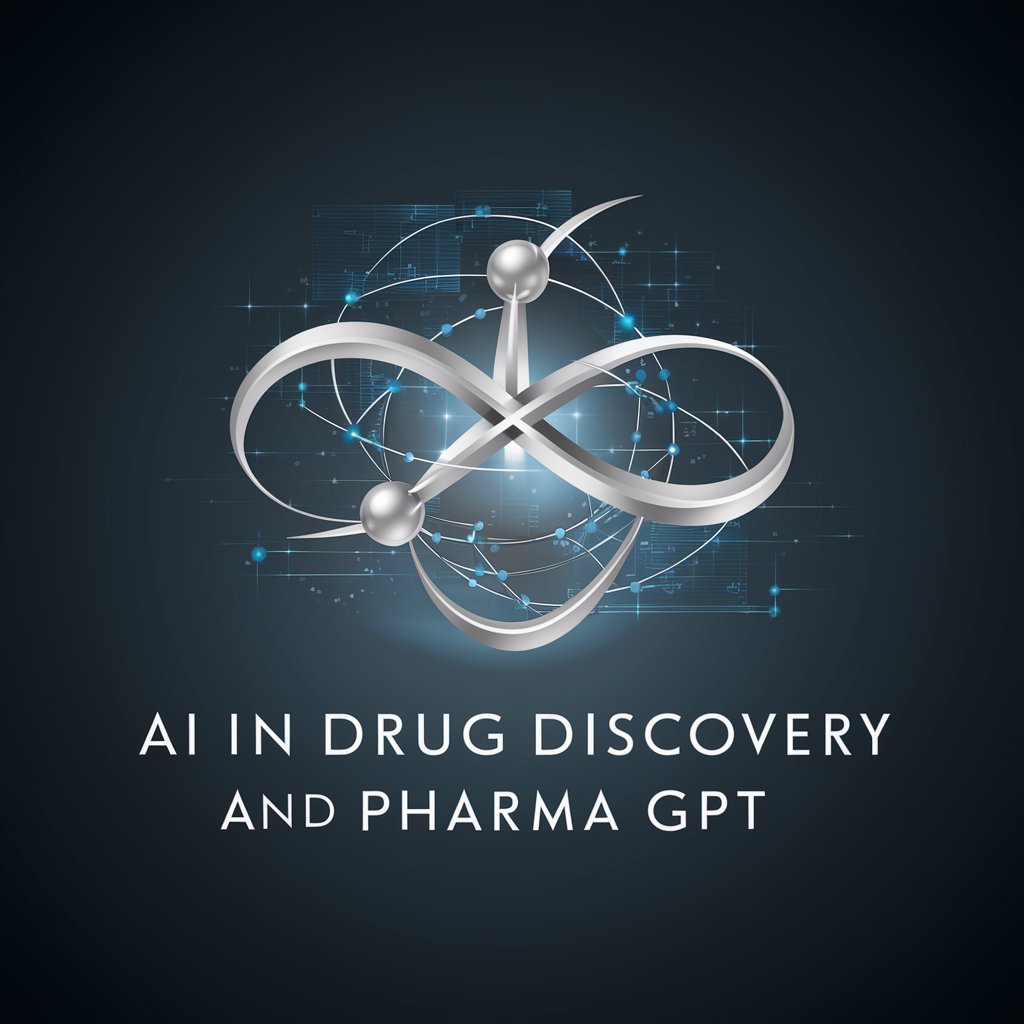
Discovery Copilot
Unleashing AI's potential, systematically.
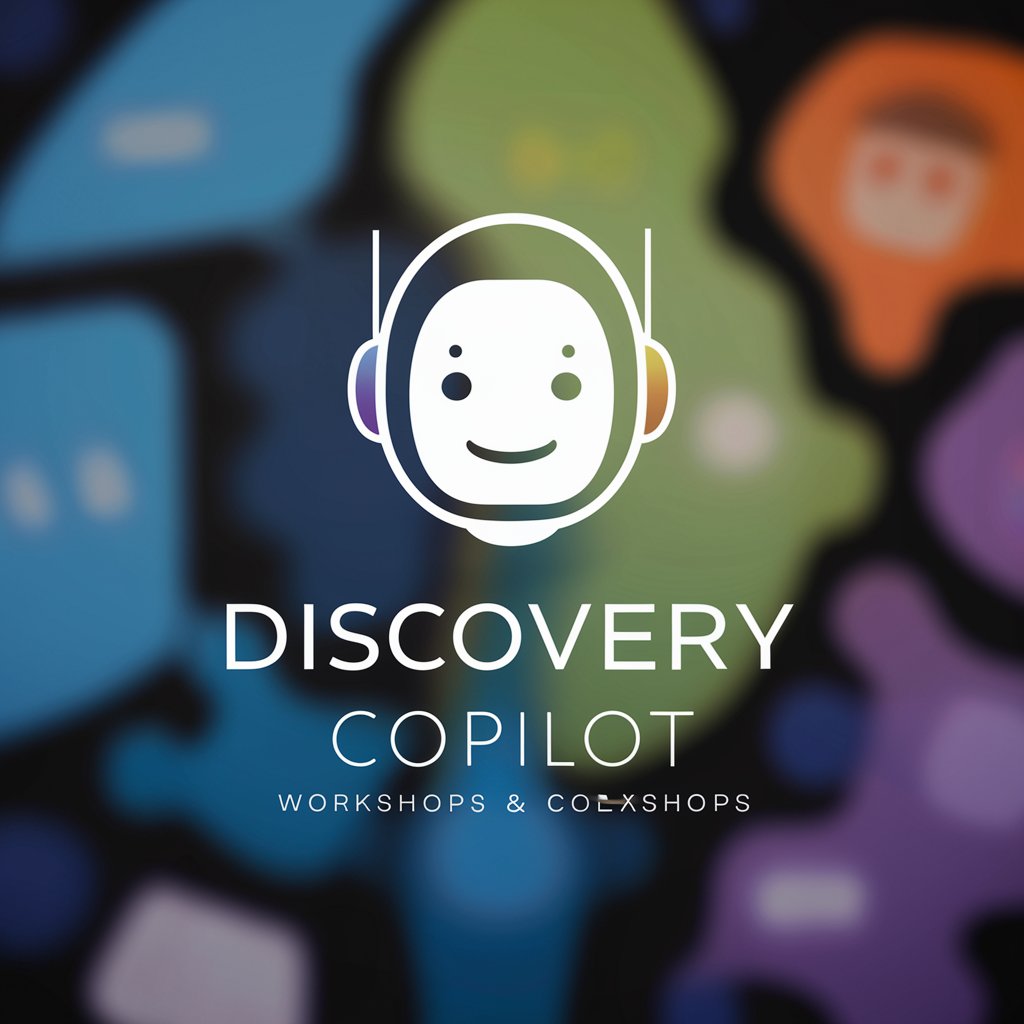
Discovery Indexer
Streamline Discovery with AI-powered Indexing
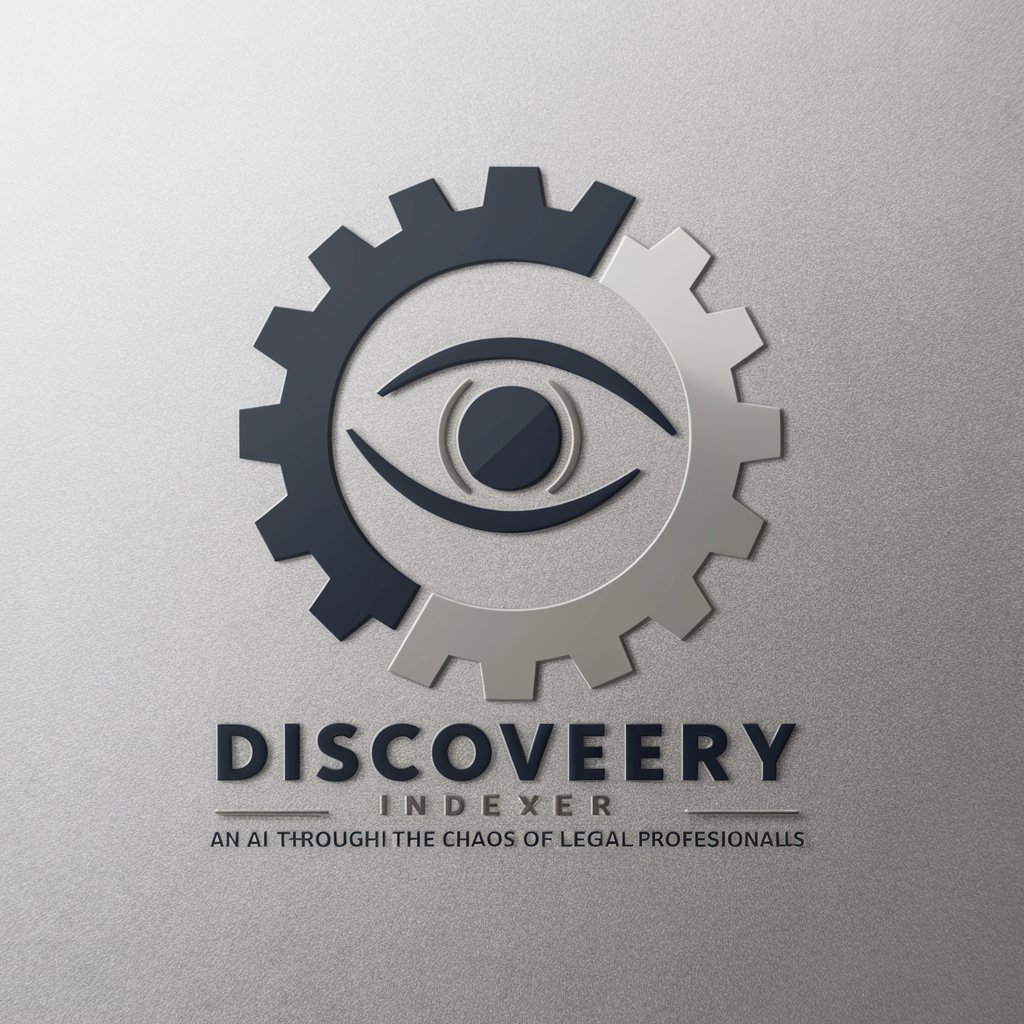
Music Discovery
Discover Music with AI-Powered Insights
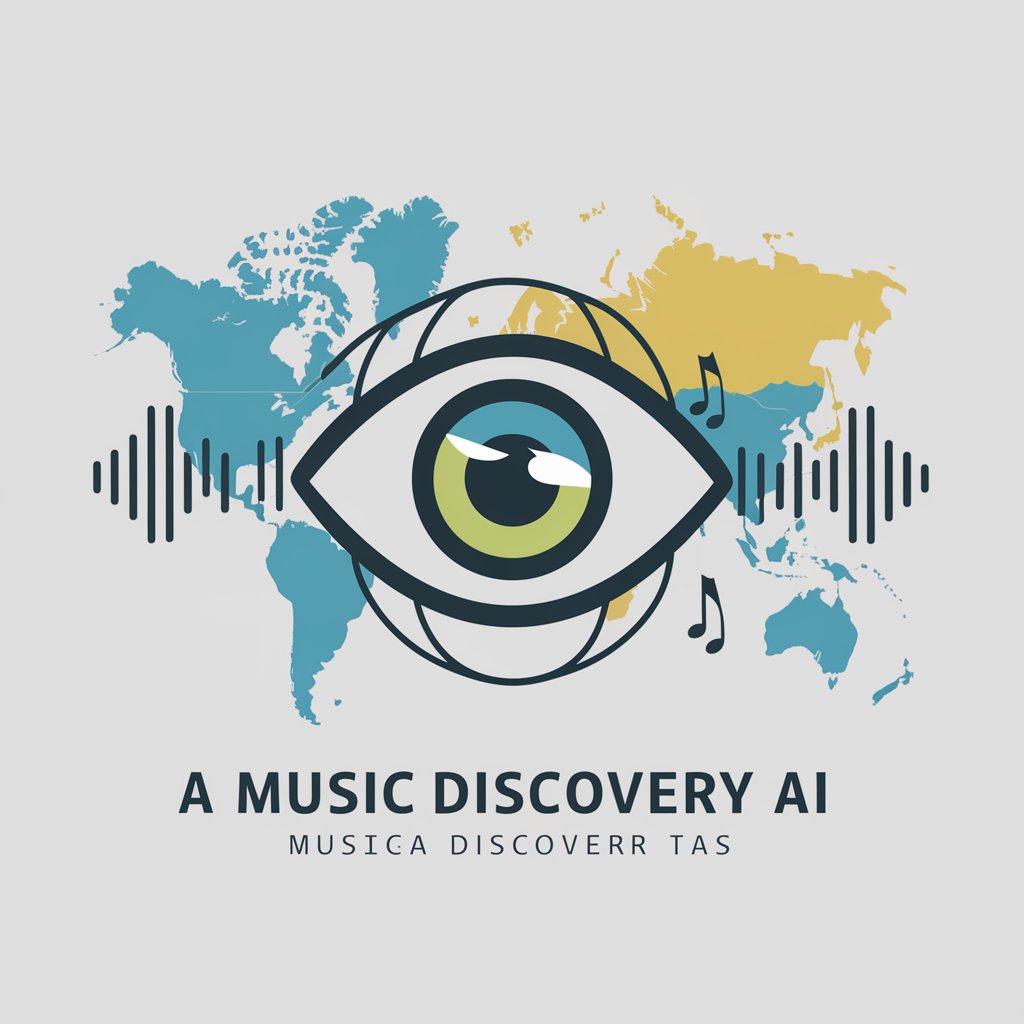
Frequently Asked Questions About Nano-Drug Discovery Assistant
What types of molecular structures can Nano-Drug Discovery Assistant analyze?
It can analyze a wide range of molecular structures, including small molecules, biomolecules (proteins, DNA, RNA), and nanomaterials, providing insights into their interactions, stability, and suitability for drug development.
How can this assistant aid in nanoformulation optimization?
It offers insights on nanoparticle properties, such as size, charge, and surface modifications, helping users optimize formulations for targeted delivery, reduced toxicity, and enhanced therapeutic efficacy.
Can Nano-Drug Discovery Assistant suggest novel drug candidates?
Yes, by analyzing existing data on molecular interactions and pharmacological profiles, it can suggest potential drug candidates that target specific pathways or receptors.
Is it suitable for academic research?
Absolutely. It's a valuable tool for academics, aiding in hypothesis generation, experimental design, and data analysis in drug discovery and nanotechnology research.
How does AI enhance the capabilities of this tool?
AI algorithms enable the assistant to process large datasets, identify patterns, and predict outcomes more efficiently than traditional methods, significantly accelerating the drug discovery process.

